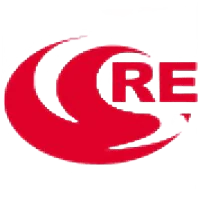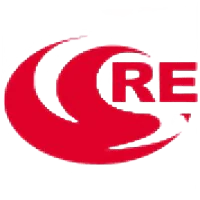Open Access


International Journal of Mining Science and Technology, volume 33, issue 3, pages 379-387
Flotation separation of wolframite from calcite using a new trisiloxane surfactant as collector
Shuai S., Huang Z., Burov V.E., Poilov V.Z., Li F., Wang H., Liu R., Zhang S., Cheng C., Li W., Yu X., He G., Fu W.
Publication type: Journal Article
Publication date: 2023-03-01
scimago Q1
wos Q1
SJR: 2.600
CiteScore: 19.1
Impact factor: 11.7
ISSN: 20952686
Geochemistry and Petrology
Energy Engineering and Power Technology
Geotechnical Engineering and Engineering Geology
Abstract
Since wolframite is usually associated with calcite, the separation and enrichment of wolframite by froth flotation remains a great challenge. Herein, a novel trisiloxane surfactant N-(2-aminoethyl)-3-aminopropyltrisiloxane (AATS) was successful synthesized, which was used for the separation of wolframite from calcite for the first time. The flotation separation performance of AATS was studied by flotation test, and its adsorption mechanism was explored based on contact angle, infrared spectrum analysis (FTIR), zeta potential and density functional theory (DFT) calculation. The results of micro-flotation test and binary mixed ore flotation test binary mixed ore flotation test pointed that AATS had excellent selectivity and more prominent collection capacity for the flotation of wolframite when compared with industrial reagent sodium oleate (NaOL). The measurement results of contact angle proved that AATS improved the hydrophobicity of the wolframite surface. The highly selective adsorption mechanism of AATS surfactant on mineral surfaces were further researched and analyzed by FTIR and zeta potential. The results revealed that AATS surfactant had significant adsorption effect on wolframite, yet almost no adsorption on calcite. DFT calculation indicated that AATS produced electrostatic adsorption with wolframite surface through —N+H3 group.
Nothing found, try to update filter.
Are you a researcher?
Create a profile to get free access to personal recommendations for colleagues and new articles.
Profiles











